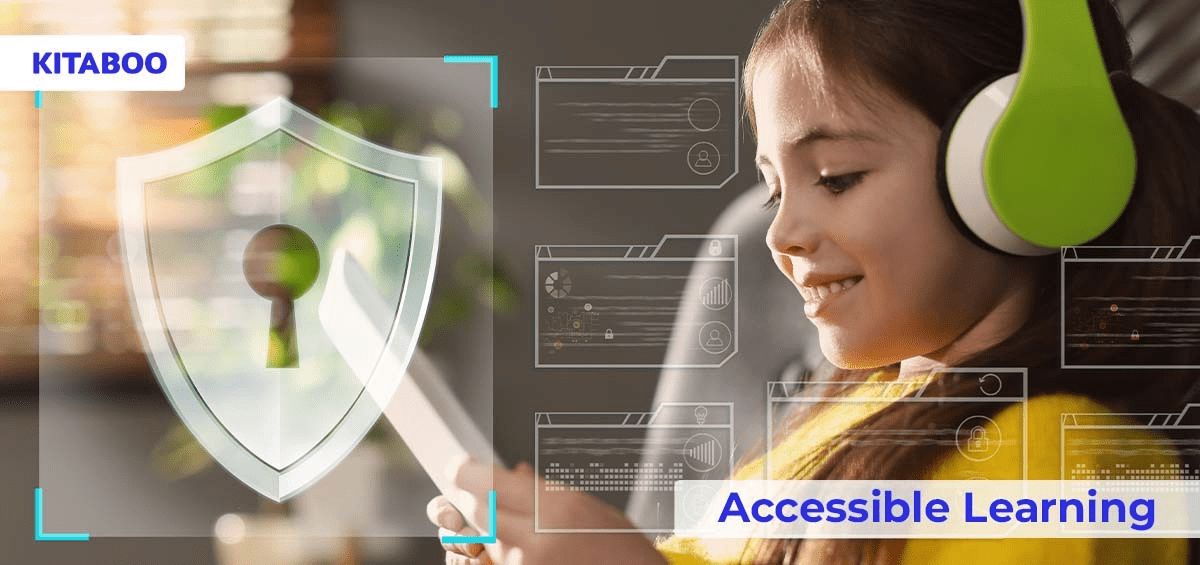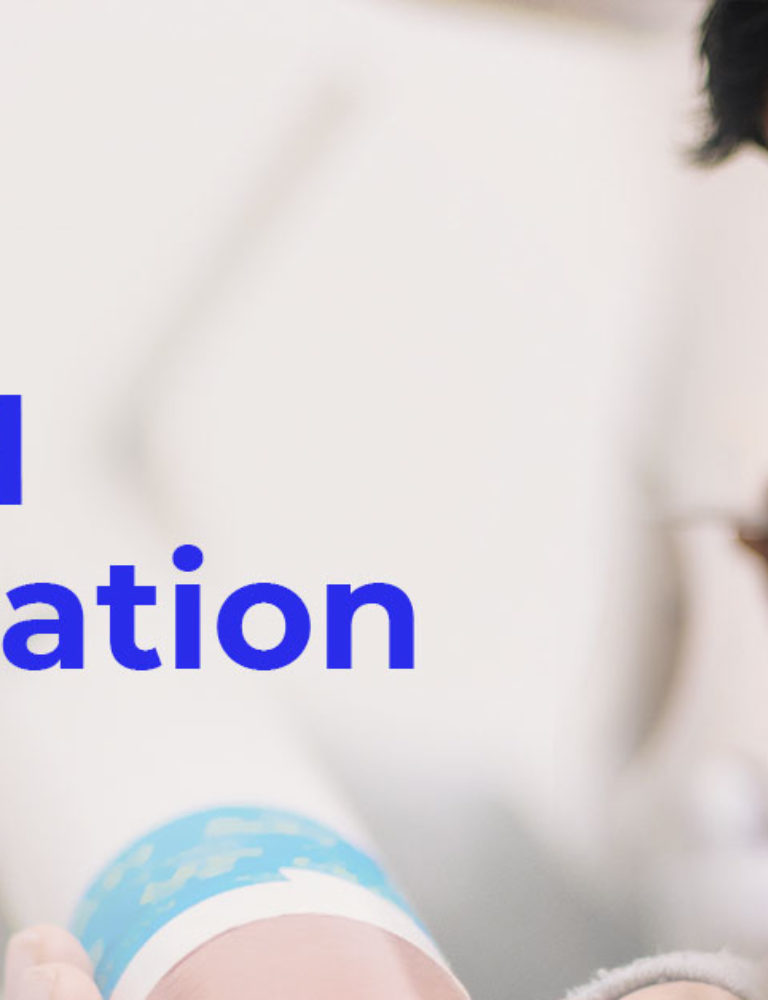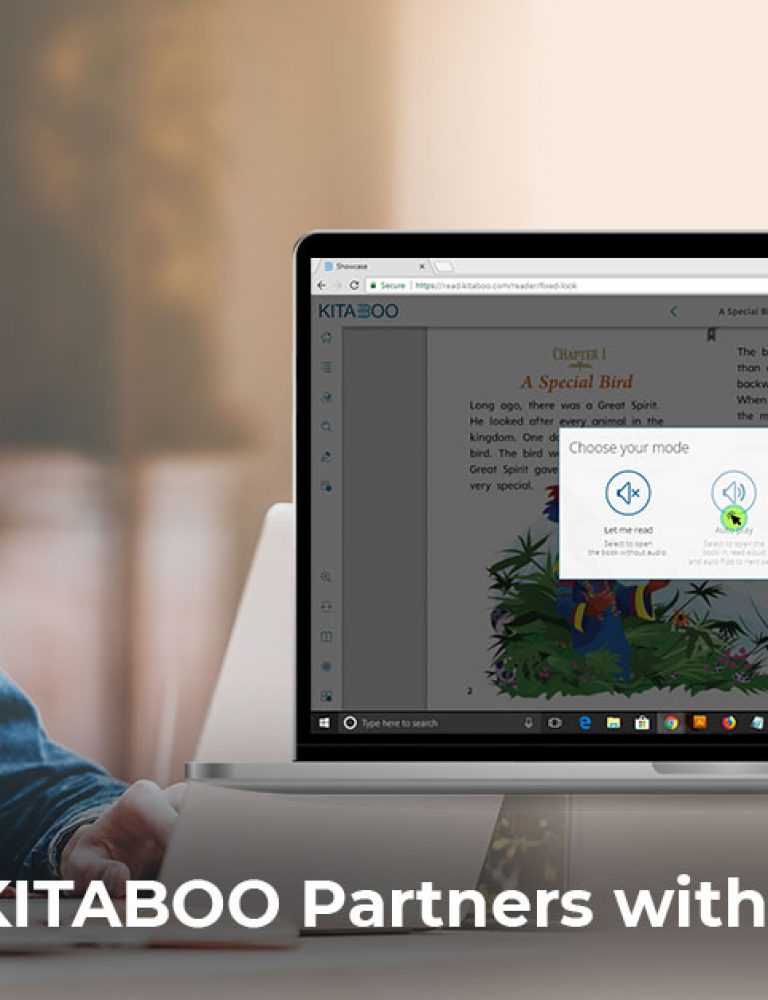Over the past decade, eBooks have gained immense popularity amongst all levels of learners. The global pandemic caused a massive development in eLearning tools, bringing accessibility to the forefront of education policy.
So, it’s no surprise why prominent publishers like Pearson, McGraw-Hill, and Cengage aim to publish eBooks accessible to learners with disabilities. In this article, we’ll explore multiple aspects of K12 content accessibility. Here’s what we’ll cover.
Table of Contents:
- The Importance of eBook Accessibility
- eBook Accessibility Guidelines
The Importance of eBook Accessibility
Students with hearing loss, visual impairment, dyslexia, or other disabilities require additional support to access digital learning materials. Fortunately, digital content can be adapted to these diverse needs. Publishers and content creators are constantly making innovations in education using advanced technology, to improve learner experiences.
All educational institutions across the United States are legally obliged to publish eBooks accessible to all students, including those with special needs. A failure in this regard can lead to a lawsuit or complaint to the Education Department’s Office of Civil Rights. This makes access to education a legal obligation.
It’s important to utilize new technologies to create an accessible learning environment for all K12 learners. Follow these guidelines to publish eBooks and online curricula that meet all accessibility requirements.
eBook Accessibility Guidelines
Technology has changed how students learn, and educational publishers must invest in it to make content accessible and engaging for everyone.
The main objective of these guidelines is to help curriculum designers make simple additions to their eBooks to enhance their accessibility.
1. Ensure Impactful and Uniform Content Styling
When it comes to eBooks vs. paper books, content styling is of paramount importance. Print books often use a different font style for chapter headings, making them stand out from the remaining text.
A similar approach must be followed when designing accessible eBooks. Different fonts and content styling techniques can inform the reader of breaks in continuity, alert them to changes in topics, and allow them to engage with the text dynamically.
2. Pick the Correct eBook Format
Not all eReading devices support all eBook formats. Choose an eBook format based on your choice of publishing platform. You could also convert the eBook to a format compatible with the platform chosen.
eBook formats include ePub3, accessible PDF, MOBI, HTML5, and more. Ensure the HTML tagging in the content is precise. In other words, use proper heading tags, tables, and sections.
For visually impaired learners, include speech-to-text conversion and read-aloud features. And for hearing-impaired learners, use captioning and imagery.
3. Insert Multimedia Elements
Enhancing an eBook with infographics and audio-visuals is an excellent way to grab a student’s attention and ensure the retention of information. This can also help engage learners who might struggle with traditional learning methods.
Provide text alternatives to all relevant images. Alt attributes enable screen readers to narrate text and information about images presented for visually impaired students.
Additionally, add transcripts for videos to help students with hearing disabilities and include text alternatives to help visually impaired learners.
4. Add Appropriate Markups
Markup is the process of marking the important elements of an eBook with the help of a group of standard tags. Once a manuscript’s fact-checking, language editing, and proofing stages are completed, markups are used to convert it to an eBook.
Ensure to use proper semantic markups, MathML markups, and HTML5 markup tags for different kinds of content in the eBook. Also, make use of ARIA and ePub attributes for the markup tags. Semantic markups can also navigate to an outside resource and back to the content.
Add accessibility metadata to inform learners of the features available in the eBook and how they can be accessed.
5. Provide Multilingual Support
The eBook content might involve phrases and text from a language different from the one in which the eBook is written. While this isn’t an issue with a physical book, an eBook requires proper markup of such phrases to accurately guide the eBook reading application.
Some eReading apps may not have the correct fonts. In such cases, embedding them into the eBook is necessary.
6. Include a Table of Contents
Provide a clickable table of contents, listing each chapter and the subheadings for easy navigation. This will help students find the required information quickly without sifting through the entire content.
Use captions for every table or image, and add column and row headings for all tables. In addition, use concise and clear language.
7. Use the Right Colors
Color choice for images and text is another significant element of accessibility that can make a big difference in the comprehension of course material. Choosing high-contrast colors such as black on white is always recommended.
This makes it easy for readers with color blindness and low vision to view your text. While older readers prefer something simple that is not heavy on the eye, young readers prefer contrasting and bright-colored visual experiences.
8. Make Use of AI-Powered Tools
Advanced AI-assisted tools offer comprehensive suggestions requiring the content developer to simply choose the accessibility requirements and reader types. The eBooks are then prepared automatically with the documented content.
Automation also supports eBooks distribution to a wider audience without additional work. While a machine learning tool automates eBook creation, the language assistance feature simplifies the material according to individual learner personas.
After developing and designing the eBook, it’s essential to check its accessibility. There are various accessibility testing tools, like the EPUB Checker tool, Flightdeck, DAISY’s Ace checker, and more, that can help discover possible issues with the accessibility of eBooks before they are published.
Wrapping Up
Accessibility should not only be considered a legal requirement but also a much-needed inclusion tool that gives all students an equal opportunity to utilize learning materials.
Associating with a robust technology provider to develop and design eBooks can help accommodate the diverse requirements of a large reader base. KITABOO is a cloud-based digital publishing platform designed to help create, publish and distribute accessible educational content.
To know more, write to us at KITABOO@hurix.com.
Discover How An Ebook Conversion, Publishing & Distribution Platform Can Help You
Kitaboo is a cloud-based content platform to create-publish & securely distribute interactive mobile-ready ebooks.
You May Also Like
-
Create Captivating Interactive Books: A How-To Guide
Blog,Digital Publishing,eBook solution / February 29, 2024








